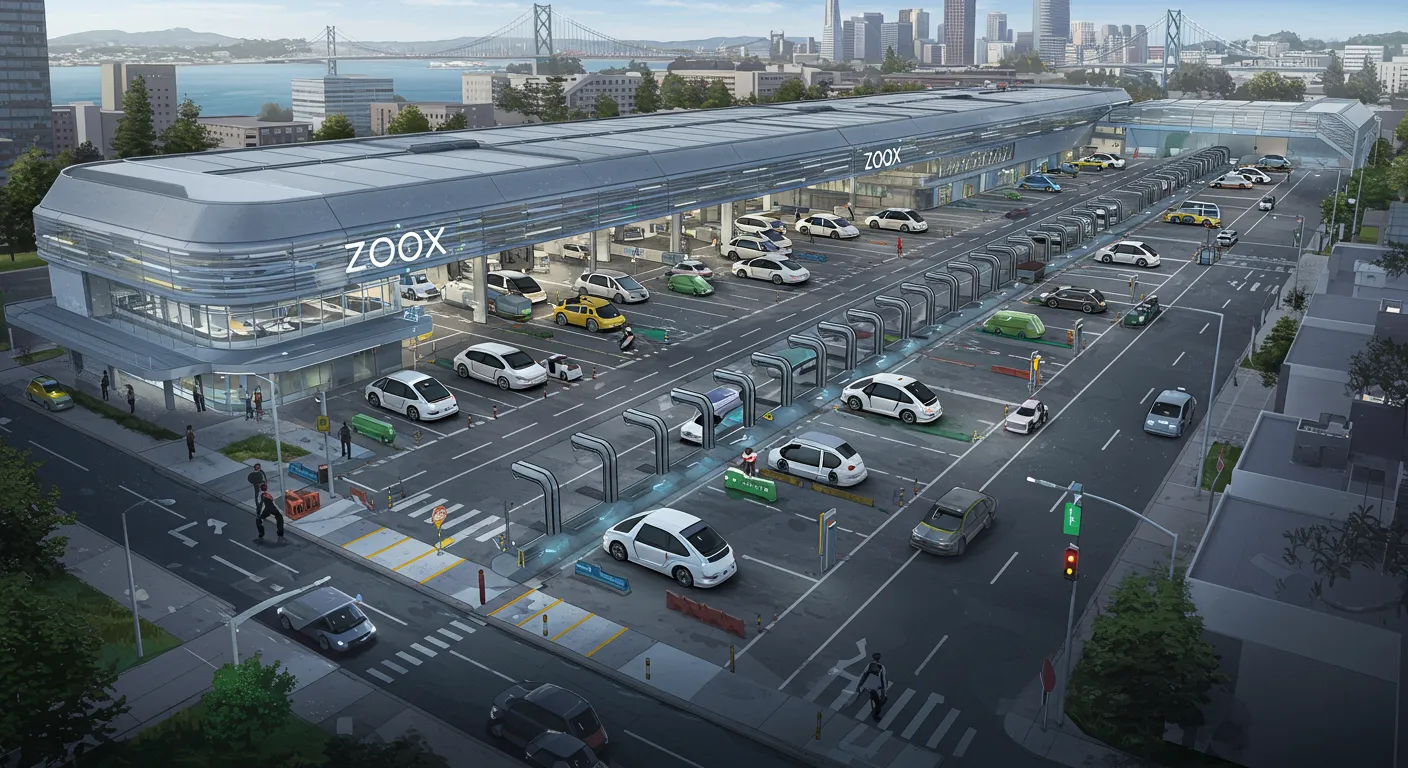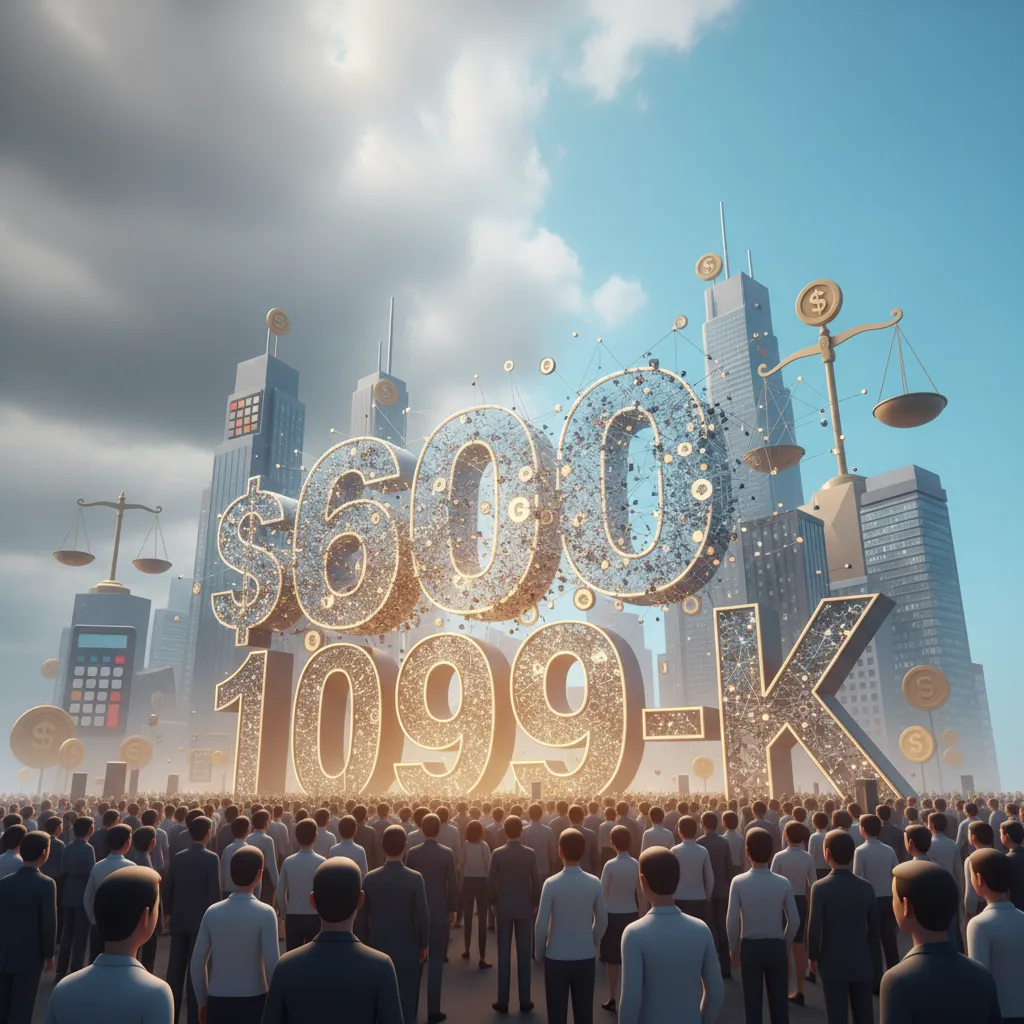Let me confess: I never thought ‘Hayward’ and ‘robotaxis’ would end up in the same sentence. Last week, as I drove past the city’s old industrial heartland on my way to pick up tacos, a huge, sleek building with the Zoox logo caught my eye. Little did I know, I’d stumbled upon what might be the Bay Area’s next big leap— Amazon ’s Zoox opening the nation’s first purpose-built robotaxi assembly plant. It’s equal parts local oddity, technological marvel, and, potentially, economic gamechanger. Let’s dive in, not just into the tech, but into the ripple effects that could shape Hayward, the Bay Area, and who knows—maybe your next commute.
From Vintage Buses to Robotaxis: Hayward’s Unexpected Makeover
If you’ve ever driven through Hayward, California, you probably remember the old Gillig bus factory—a symbol of the city’s industrial roots and a steady source of jobs for decades. When Gillig left, it left more than just an empty building; it left a gap in the local economy and in Hayward’s identity. Now, that same industrial ground is buzzing again, but with a very different kind of energy. Zoox, Amazon’s autonomous vehicle company, has opened a first-of-its-kind robotaxi production facility right where those buses once rolled off the line. This isn’t just a new factory; it’s a signpost for a new chapter in the Bay Area economy .
The transformation is hard to miss. Where diesel engines and steel frames once dominated, you’ll now find a 220,000-square-foot hub dedicated to advanced manufacturing and cutting-edge robotics. According to Zoox, this is the first purpose-built robotaxi serial production facility in the United States, capable of assembling over 10,000 vehicles a year at full capacity. The facility isn’t just about robots and automation—it’s about people, too. Research shows that the plant is expected to create hundreds of jobs in the Bay Area, from assembly specialists to logistics operators. These are high-skilled, high-paying roles that could reshape the local workforce and offer new opportunities for residents.
City officials are quick to point out the significance of this shift. Paul Nguyen, Hayward’s Chief Economic Development Officer, describes the Zoox facility as
“an indicator of the city’s broader industrial transformation from a regional logistics hub to a destination for advanced manufacturing, innovation, and clean technology.”That’s not just PR talk. The arrival of Zoox is already sparking conversations about Hayward’s future—and what it means for the region’s identity.
For many in the community, the change is personal. My uncle, for example, spent years working at the old Gillig plant. He still remembers the smell of machine oil and the camaraderie of the assembly line. Now, when he drives by the new Zoox facility, he marvels at the transformation. “It’s wild to think this is where I used to clock in,” he told me, shaking his head. “Now they’re building cars that drive themselves.” His reaction isn’t unique. There’s a sense of pride, but also curiosity—maybe even a little skepticism—about what this new era will bring.
The shift from buses to robotaxis is more than just a change in what gets built. It’s a sign that Hayward is repositioning itself. No longer just a logistics hub, the city is now aiming to be a center for advanced manufacturing and innovation. City leaders hope Zoox’s investment will act as a catalyst, attracting other tech-forward companies and bringing even more opportunities to the area. As the facility ramps up, you can feel the momentum building—not just for Zoox, but for Hayward, California, as it redefines its place in the Bay Area economy.
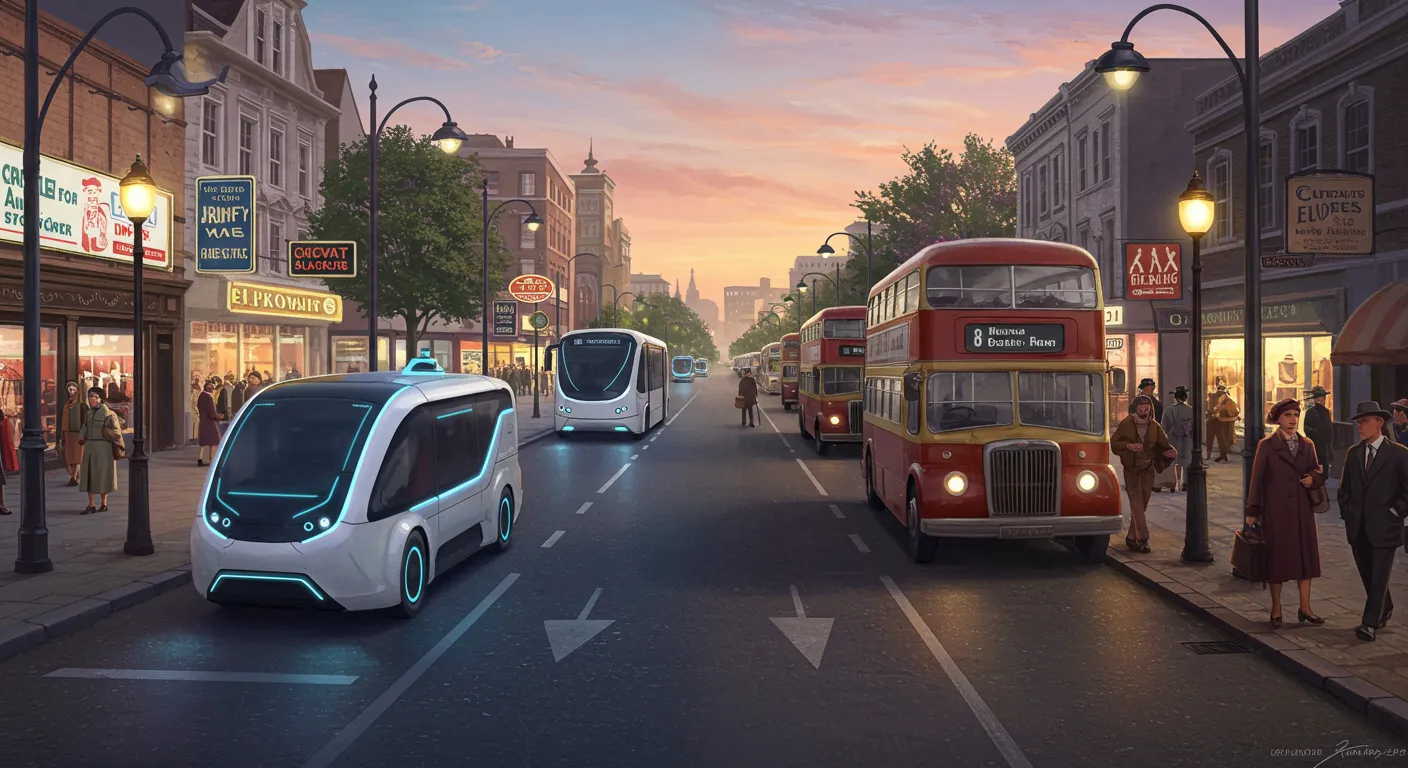
Inside the First-Ever Robotaxi Serial Production Facility
Step inside Zoox’s Hayward Robotaxi Production Facility, and you’ll find yourself at the heart of a revolution in self-driving cars . This isn’t just another car plant—it’s the first purpose-built robotaxi production facility in America, and it’s changing the way we think about advanced manufacturing, transportation, and urban mobility.
The scale is immediately striking: 220,000 square feet of futuristic assembly lines, humming with activity. But what really sets this Robotaxi Production Facility apart is what’s missing. You won’t see steering wheels or pedals here. Every Zoox Robotaxi is designed from the ground up for full autonomy, with no need for a human driver. The vehicles rolling off these lines are a bold step toward a future where self-driving cars are the norm, not the exception.
At the core of this operation are more than 100 technicians and specialists, each orchestrating a complex dance of hardware, software, and sensors. Their expertise brings together the worlds of automotive engineering, artificial intelligence, and robotics. As Ahmed Banafa, a technology expert and professor at San Jose State University, put it:
"About 100 technicians at the Hayward facility, and they have a test range in that area, so it is really showing that the company is really serious about this."
That seriousness is reflected in Zoox’s ambitious plans. At full capacity, the Hayward Robotaxi Assembly lines are set to produce over 10,000 robotaxis every year. That’s a mind-bending leap from the prototype stage to true mass production. And because Zoox is Amazon backed, the resources and vision are there to scale quickly as demand for self-driving cars grows.
But it’s not just about numbers. The facility itself is a showcase of advanced manufacturing. Every aspect of the production process is designed for flexibility and future-proofing. As technology evolves—whether it’s new sensor arrays, updated AI algorithms, or improved battery systems—the plant can adapt. This means Zoox can respond rapidly to market shifts and expansion plans, a key advantage in the fast-moving world of autonomous vehicles.
What’s also notable is the integration happening here. Hardware, software, and AI aren’t siloed—they’re developed and tested side by side. This comprehensive oversight allows Zoox to catch issues early, optimize performance, and ensure every robotaxi meets strict safety and quality standards before hitting the road. The facility supports everything from initial engineering to final testing, all under one roof.
Beyond the technology, the Hayward facility is making a real impact on the local economy. Hundreds of jobs are projected as production ramps up, drawing talent from across the Bay Area. As Lucy Lopez, CEO and president of the Hayward Chamber of Commerce, noted, Zoox’s investment is a milestone for the city, sparking new opportunities in advanced manufacturing and innovation.
For anyone interested in the future of transportation, a tour of Zoox’s Hayward facility is a glimpse into what’s next. Here, the boundaries between tech and auto manufacturing blur, and the journey from concept to commercial robotaxi becomes a reality.
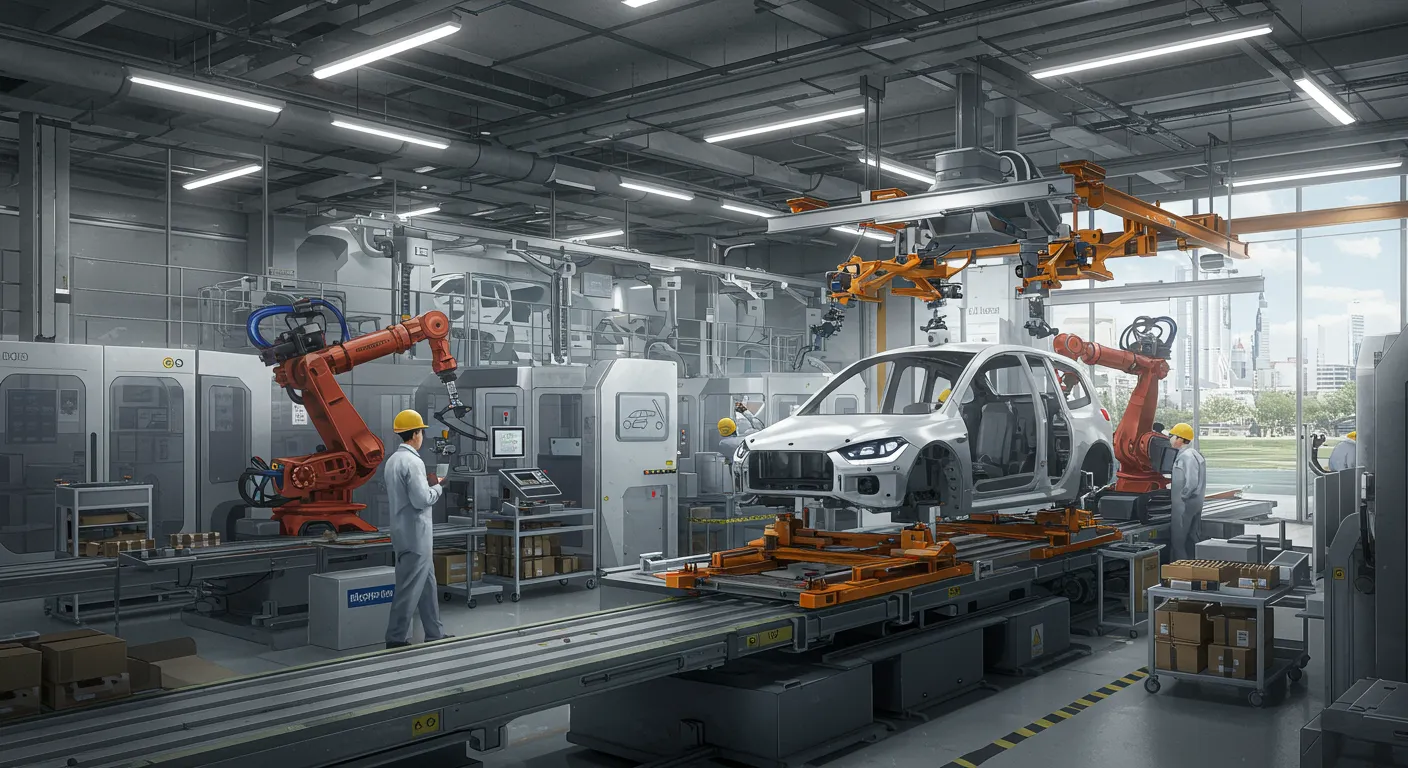
Beyond the Factory: New Careers and ‘Next Door to NASA’ Moments
When you think of Hayward, California, advanced manufacturing and high-skilled jobs might not be the first things that come to mind. But with the opening of Zoox’s first-of-its-kind robotaxi production facility, the Bay Area economy is experiencing a shift you can feel on the ground. This isn’t just about building autonomous vehicles—it’s about creating a new pipeline of opportunity for local residents, students, and workers who once saw their futures elsewhere.
Zoox’s new facility is more than a factory. It’s a launchpad for hundreds of high-skilled jobs in Hayward, from robotics engineers and software developers to mechanics and logistics staff. According to research, the facility is expected to hire hundreds at full scale, offering roles that range from assembly line operators to advanced engineers. This is a major win for the local workforce, especially as the Bay Area continues to evolve as a hub for advanced manufacturing and robotaxi production.
One of the most exciting changes is how Zoox is inspiring the next generation. Local students—including those from my old high school—are now dreaming of internships at Zoox, not just at the usual Silicon Valley tech giants. The company’s presence is already sparking curiosity and ambition among young people who want to be part of the future of transportation. As Lucy Lopez, CEO and president of the Hayward Chamber of Commerce, put it:
"There are so many students that are so thirsty for opportunity like this in their own backyard."
It’s not just talk. After a recent Zoox tour, my neighbor’s kid—who used to spend hours gaming—came home buzzing about robotics engineering . Suddenly, he’s researching college programs in mechatronics and asking about internships. This kind of shift is happening all over Hayward, as students see real-world pathways opening up right next door. It’s a bit like living “next door to NASA”—the sense that world-changing innovation is happening just down the street.
Educational partnerships are also taking off. The Hayward Chamber of Commerce sees Zoox as a magnet for further investment and collaboration with state and community colleges. These institutions are already building new pipelines to connect students with high-skilled jobs in advanced manufacturing and the growing robotaxi sector. The synergy between Zoox and local schools is strong, with a focus on attracting youth and retraining former manufacturing workers for future-oriented roles.
For Hayward, this is more than economic revitalization—it’s a cultural shift. The city, once known primarily as a regional logistics hub, is now positioning itself as a destination for innovation and clean technology. As Zoox’s robotaxi production ramps up, the impact on the Bay Area economy and the lives of local residents is just beginning to unfold.
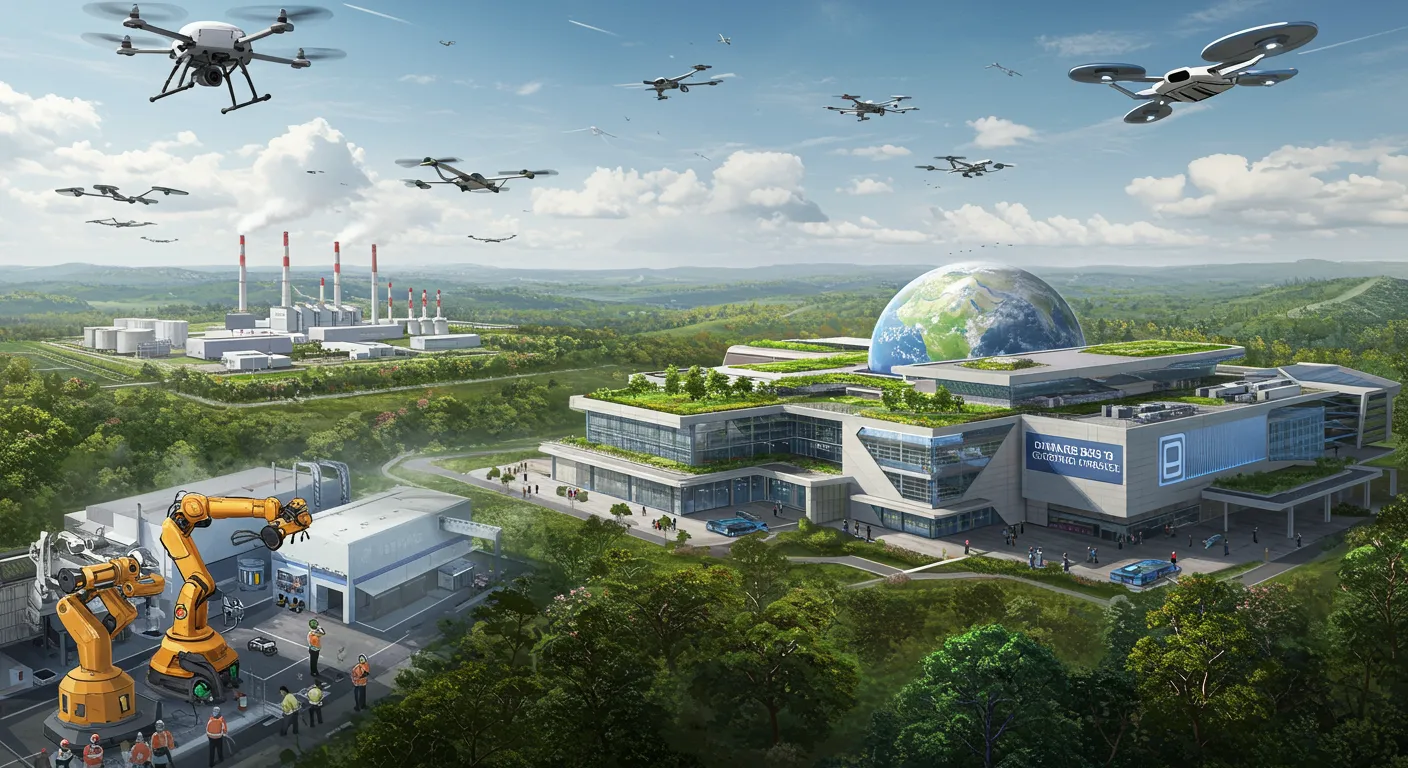
The Quiet Revolution: What Happens When Cars Drive Themselves?
Imagine stepping into a Zoox Robotaxi and finding no steering wheel, no pedals—just four plush seats arranged like a cozy mobile living room. This isn’t science fiction. It’s the new reality Zoox is building in the Bay Area, and it’s happening faster than you might expect. The company’s driverless vehicles are already being tested on the streets of San Francisco and Las Vegas, with public rider launches on the horizon. The question isn’t just how these Autonomous Vehicles work, but what happens to our daily lives when cars drive themselves?
Zoox’s approach to Self-Driving Cars is bold. By removing traditional controls, Zoox is signaling a complete shift in how we think about transportation. Their robotaxi features are designed from the ground up for autonomy, not as a retrofit of existing car models. Instead of a driver’s seat, you get a communal space—no front, no back, just four seats facing inward. It’s a leap in vehicle innovation, and research shows this design marks a significant departure from anything on the road today.
Testing is already underway. If you live in San Francisco or Las Vegas, you might spot these futuristic Driverless Vehicles quietly navigating city streets. Zoox is preparing for a public rider launch in San Francisco, with Austin and Miami likely to follow. It’s not just about technology; it’s about changing the way people move, commute, and interact with their city.
Picture your morning commute. Instead of gripping the wheel and bracing for Bay Area traffic, you sip your coffee, check your email, or chat with fellow passengers while the Zoox Robotaxi handles every turn and stoplight. Will you miss the steering wheel? Or will you embrace the freedom that comes with letting go of control?
But as with any quiet revolution, there are deeper questions. Who benefits from this new era of Autonomous Vehicles? Who adapts quickly, and who gets left behind? The arrival of driverless technology could reshape everything from insurance policies to city planning. Streets might become safer, but what about jobs for drivers? Will everyone have access to these services, or will some communities be overlooked?
Zoox’s production model reflects a new philosophy in car design and urban mobility. The company’s new Hayward facility—the first of its kind in the U.S.—can assemble over 10,000 robotaxis a year. This isn’t just about transportation; it’s about economic transformation. As Ahmed Banafa, a tech expert and SJSU professor, puts it:
"That is good for us here in the Bay Area, that's more jobs, more manufacturing facilities and an opportunity to keep leading this world in this technology."
Community leaders in Hayward see Zoox’s investment as a catalyst for growth, bringing high-skilled jobs and new opportunities for local students. The facility itself is a sign of the city’s shift from traditional manufacturing to a hub for advanced, clean technology. As Self-Driving Cars become part of daily life, the Bay Area is poised to lead the way—quietly, but with profound impact.

If You Build It… Will They Ride? What’s Next for Zoox and Hayward’s Innovation Pulse
When you look at the new Zoox Robotaxi production facility in Hayward, California, it’s hard not to feel the buzz of possibility. This isn’t just another factory opening—it’s a signal that the city is leaping into the future of advanced manufacturing. With Amazon backing Zoox, the stakes are high, and so are the expectations. The question on everyone’s mind: now that the robotaxis are rolling off the line, will people actually ride?
Zoox has already made its intentions clear. Las Vegas is the first stop for its commercial robotaxi service, and San Francisco is right behind. But the roadmap doesn’t end there. Cities like Austin and Miami are on the horizon, and the Hayward facility is designed to keep pace. Research shows that the plant’s flexible, future-proof design positions Hayward at the forefront of advanced manufacturing, ready to adapt as robotaxi technology evolves. This isn’t just about today’s vehicles—it’s about whatever comes next.
Of course, Amazon’s involvement brings both excitement and scrutiny. The tech giant’s resources mean Zoox can dream big, but it also means every move is under the microscope. Can they scale up production to meet demand? Will the public embrace a vehicle with no pedals or steering wheel? These are the kinds of market viability questions that will define the next chapter of robotaxi production in Hayward, California.
The community is watching closely, too. Hayward has a history rooted in manufacturing, but the shift from building bus parts to assembling cutting-edge autonomous vehicles is a wild card. It’s almost like the city has gone from sending postcards to launching rockets. As Paul Nguyen, Hayward’s Chief Economic Development Officer, puts it, Zoox’s arrival is “an indicator of the city’s broader industrial transformation from a regional logistics hub to a destination for advanced manufacturing, innovation, and clean technology.” That’s a big leap—and one that could ripple across the entire Bay Area.
There’s a lot riding on this transition. The facility is expected to create hundreds of new jobs, not just for engineers and technicians, but for logistics specialists, assembly workers, and more. And as Zoox ramps up production—potentially beyond 10,000 vehicles a year—the hope is that other innovative companies will take notice and invest in Hayward’s industrial corridor.
As Lucy Lopez, CEO and president of the Hayward Chamber of Commerce, says:
“We are thrilled to have Zoox here in Hayward investing in our community.”That sentiment captures the city’s optimism, but the real test is still ahead. Will Hayward become a magnet for advanced manufacturing, or will this be a one-off success? For now, the city’s innovation pulse is strong, and the road ahead looks promising—not just for Zoox, but for the future of transportation and technology in Hayward, California.
TL;DR: Zoox's Hayward robotaxi production facility is more than an assembly line—it's a catalyst transforming local industry, education, and job opportunities, while signaling a broader shift toward an autonomous, innovation-driven future.
